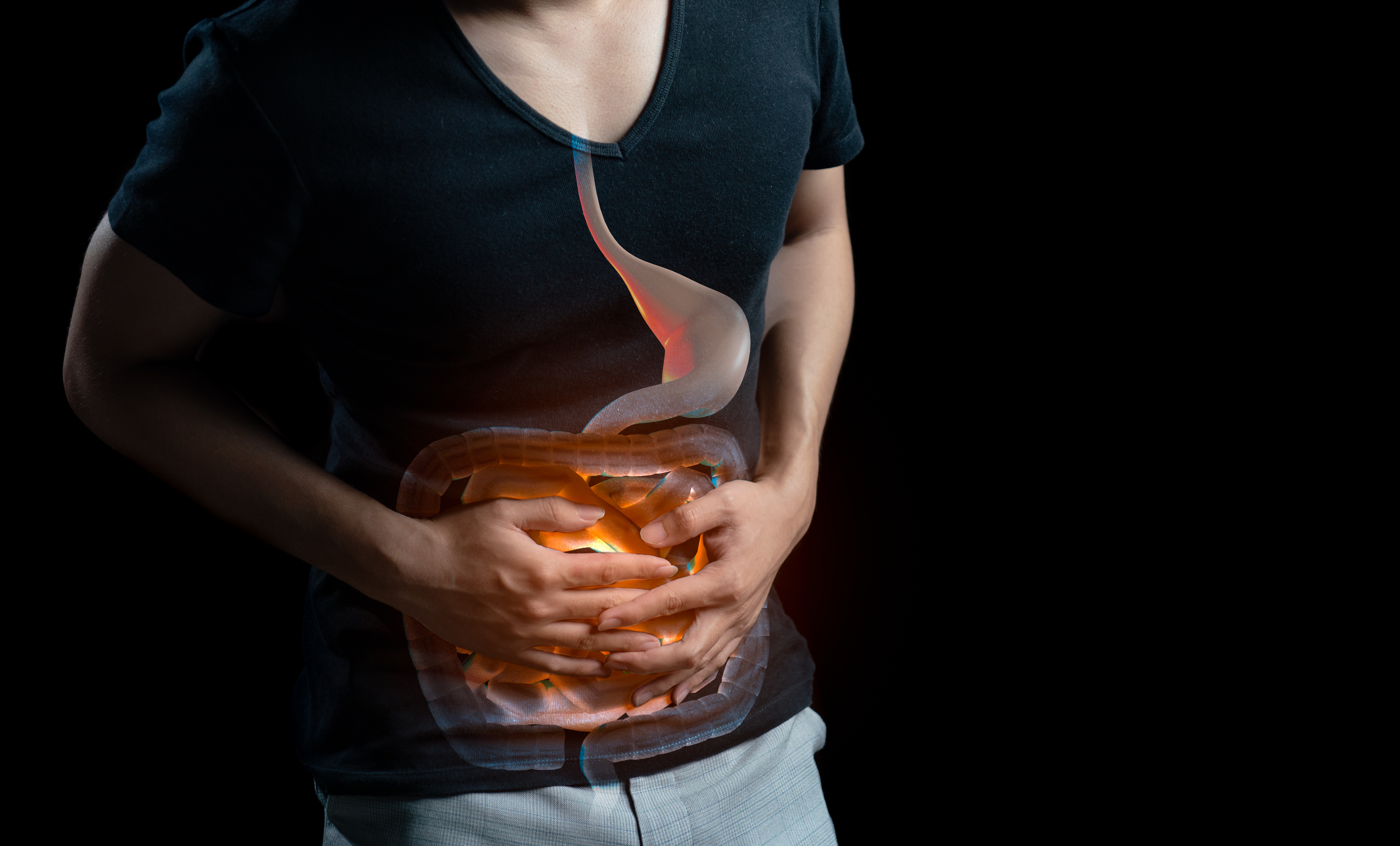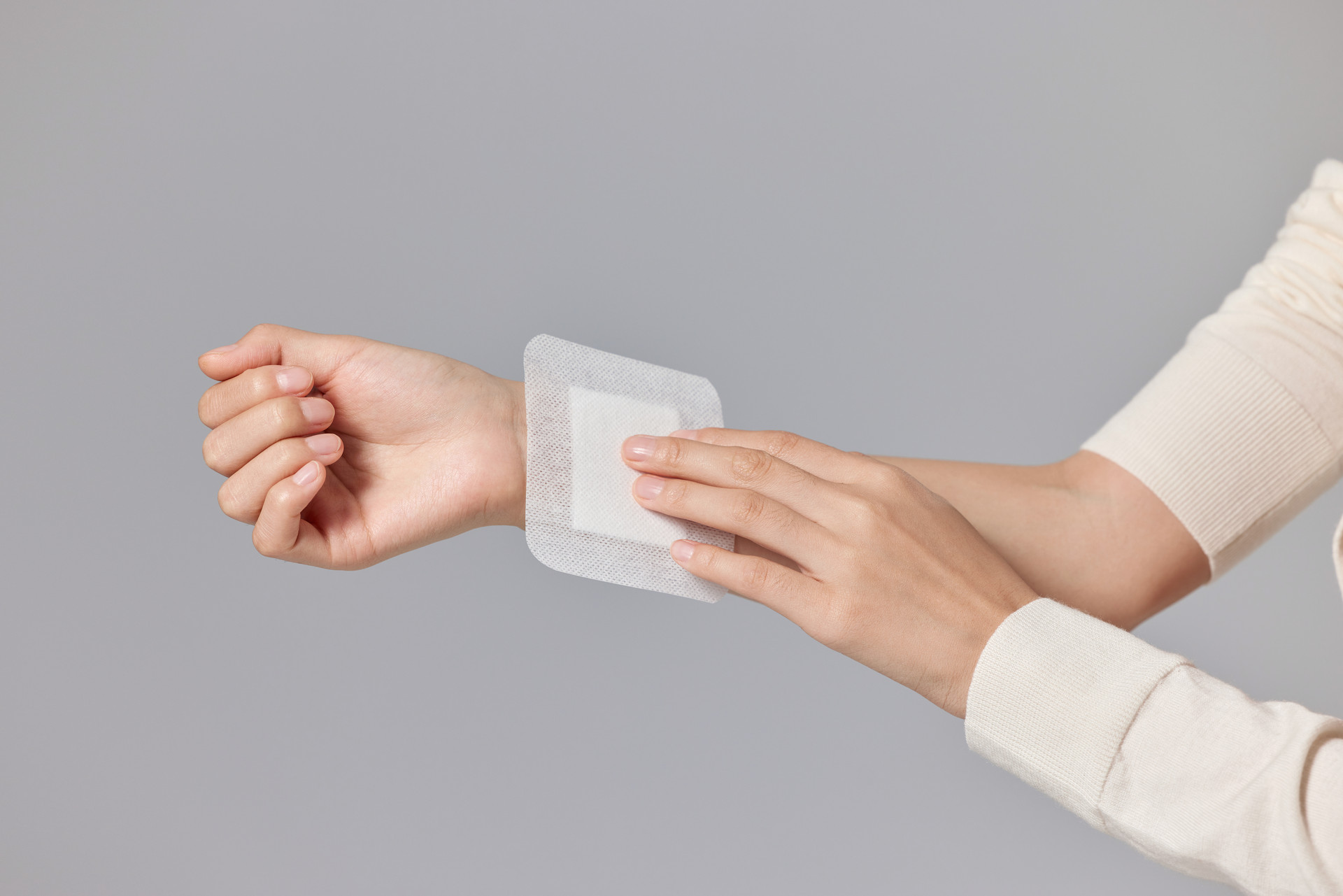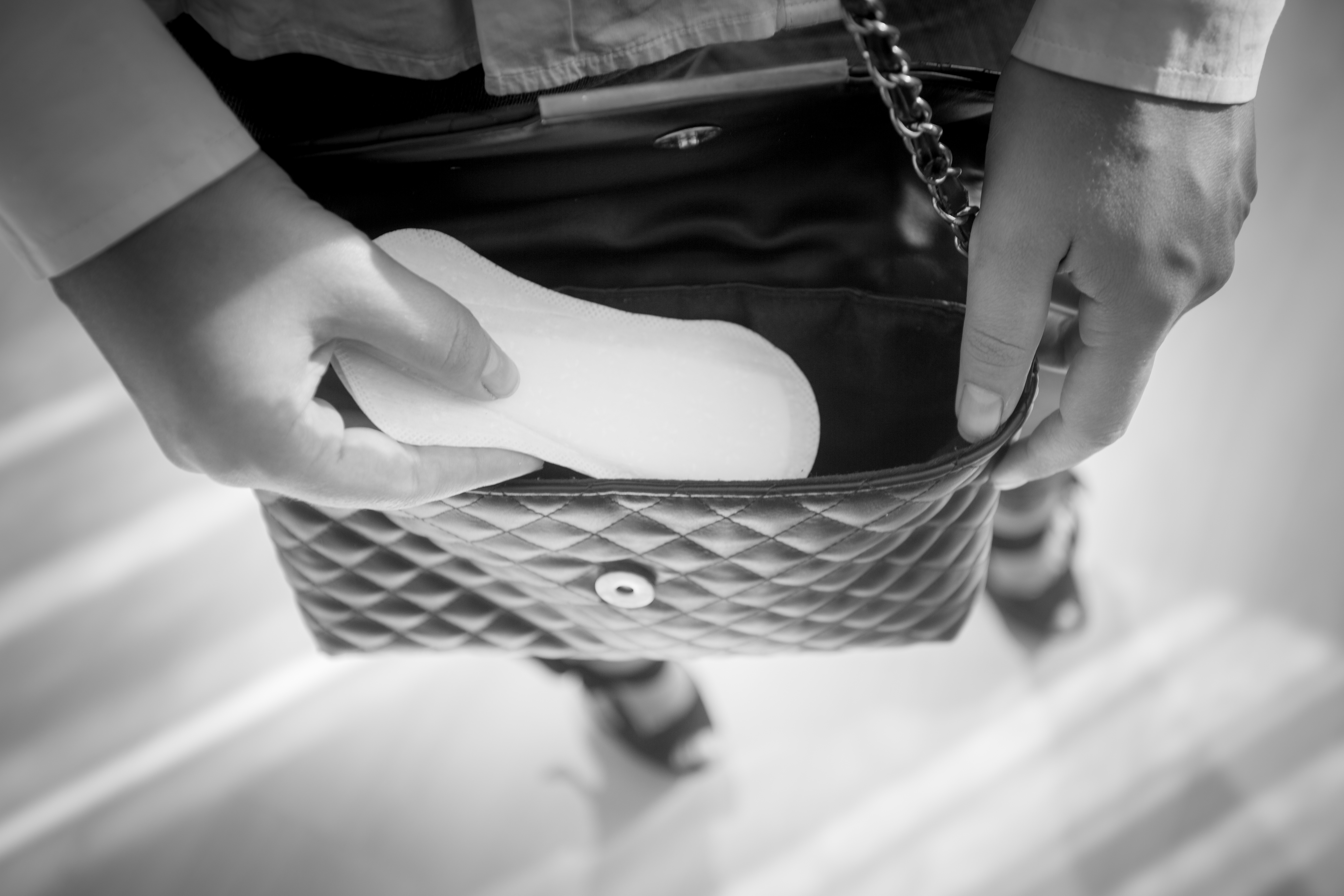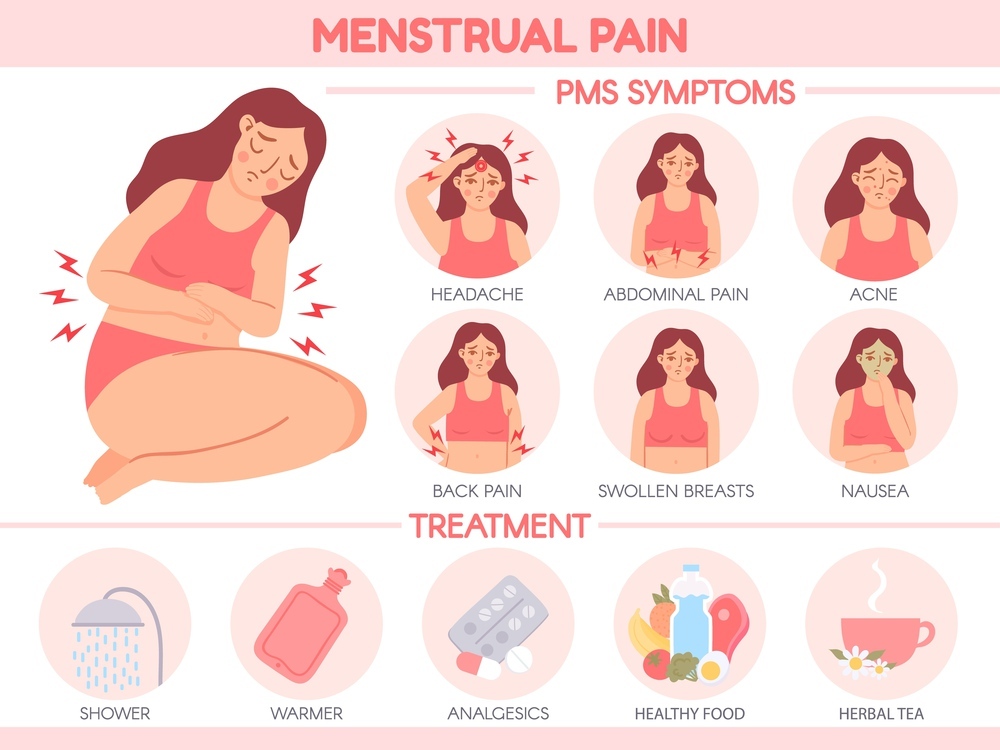Causes of Nipple Crack
New moms have delicate nipple skin that cannot withstand the stimulation of the baby's suckling, especially if there is insufficient milk or if the nipples are small or inverted. The baby's strong sucking can cause the nipple epidermis to become soft, peel, and become ulcerated, resulting in cracks of varying sizes. In addition, if the baby does not latch onto the nipple correctly, failing to take in the entire nipple and most of the areola, or if the mother excessively cleans the nipples with soap, alcohol, or other irritants, it can cause the nipples to become excessively dry and easily develop fissures. When the cracks are severe, they can even lead to nipple ulceration and secondary infection.
Usually, the yellow fluid oozing from the cracks will form scabs when it dries, which are dry and painful. This especially becomes unbearable during breastfeeding, causing a cutting-like pain. Once bacteria enter through the cracks, it can invade the breasts and cause mastitis or breast abscess, necessitating the interruption of breastfeeding.
Prevention Methods for Nipple Crack
Preventive measures are crucial to avoid recurrent nipple cracks. Here are some important steps:
1. Gently wipe the nipples with a dry and soft towel to increase the toughness of the nipple epidermis and prevent damage during suckling.
2. Inverted or flat nipples greatly affect breastfeeding and should be actively corrected. When cleaning the nipples, gently pinch them outward with your hand, or use your fingers to gently pull and twist the nipples while wiping them with 70% alcohol. Once the nipple skin becomes tough, inversion is less likely to occur.
3. Develop a good breastfeeding habit by nursing at the same time every day, with each feeding session lasting no longer than 15-20 minutes, and spacing them out by 4 hours.
4. Before and after each feeding, wash the nipples and areolas with warm water, including any scabs on the nipples, to keep them dry and clean and prevent cracks in the nipple and areola skin.
Treatment Methods for Nipple Crack
1. When the nipples develop fissures, start by applying warm compresses and massaging the breasts to stimulate milk letdown reflex. Then, express a small amount of breast milk to soften the areola, making it easier for the baby to latch onto the nipple with their mouth.
2. Start by nursing on the healthier side if both breasts have cracks. If both sides have cracks, begin with the less affected side. Make sure the baby latches onto the nipple and most of the areola, and frequently change breastfeeding positions to reduce the stimulation on the nipple during suckling.
3. After feeding, lightly press the baby's chin with your index finger, and when the baby opens their mouth, take the opportunity to remove the nipple. Do not forcefully pull the nipple out of the baby's mouth.
4. After each feeding, apply a small amount of breast milk on the nipple and areola to keep them dry and use the protein in the milk to promote the healing of the nipple cracks.
5. If the pain from the cracks is severe, temporarily refrain from letting the baby suckle. Instead, use a breast pump to express milk in a timely manner or feed the baby with expressed milk using your hand to reduce inflammation and promote crack healing. However, do not easily give up breastfeeding, as it can lead to a decrease in milk supply or the occurrence of mastitis or breast abscess.
6. If the cracks do not heal or recur for a long time, it is recommended to seek medical attention early or consider traditional Chinese medicine treatment. For mild cases, applying pediatric cod liver oil drops can help, but make sure to wash off the medication before breastfeeding. For severe cases, consult a doctor for appropriate treatment.








